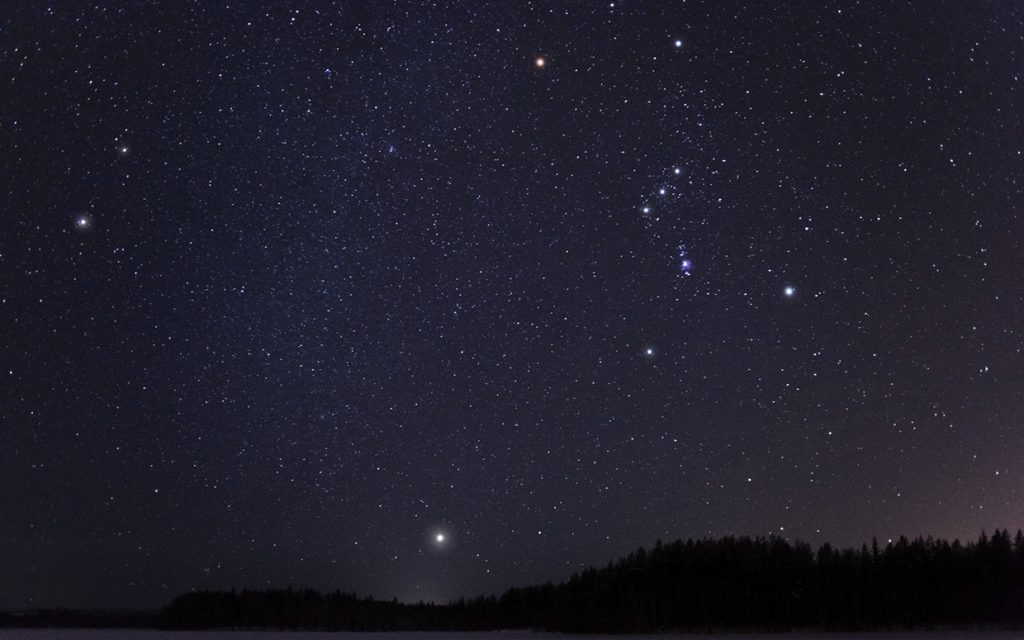Astro Photography has always attracted photographers from a long time. There are times when we do not want the star trails to be a part of our composition, especially while shooting the Milky Way.
So what is the perfect exposure when we do not desire the star trails but still want to capture the astral beauty in all its glory. Thankfully, there is a solution for getting the perfect exposure. It is ‘The 500 Rule’.
With long exposures, we get the rotation of the stars. Even as the stars are stationary, the earth rotates creating an impression as if the stars are rotating and thus we get a star trail effect.
As I said earlier, in some cases we need the star trails as part of the composition. In other cases, we may just want points of stars as part of the photograph without the trails. Even to achieve the exact points of the stars, it still has to be a long exposure. With the 500 rule, we get the exact exposure to capture the astral objects without creating a trail with them. Let’s see how.
The 500 Rule states that – Divide the focal length of your lens by 500 and the remainder is the exposure time. It is as simple as that.
Suppose you have a 24-70 mm lens and you are shooting at 24 mm on a full frame body. Just divide 500/24 = 20.83. Rounding up this number we get to 21 seconds. So with 21 seconds, you are sure to get the exact exposure of the astral object without creating a trail out of it.
Suppose you are shooting a milky way and you wish to find out the exact exposure before the stars start leaving behind a trail. Apply the 500 Rule again. Let’s assume you are using a wide angle lens of 14 mm on a full frame camera, simply divide 500/14 = 35.71 which rounds up to 36 seconds. So 36 seconds exposure is what you need to capture the Milky Way.

There is one important thing to keep in mind. If you are using a crop sensor camera you will have to take the crop factor into account and reduce your exposure time. 36 seconds on a full frame will become 24 seconds exposure on the crop sensor body with 1.5 x crop factor. Here’s how to calculate exposure on the crop sensor.
First, find the exact focal length of your lens on the crop sensor body and then use the 500 Rule. Suppose you are using an 11mm lens on a crop sensor body with a crop factor of 1.5x (Note: The canon has a crop factor of 1.6x and the Nikon has a 1.5x crop factor)This means you have to multiply 11 x 1.5 to get the equivalent focal length of 35mm which come to be 16.5mm. Now simply divide 500/16.5 = 30.30 seconds. So 30 seconds exposure is what you need for capturing stars without a trail.
Use this simple formula for stunning Astrophotography.